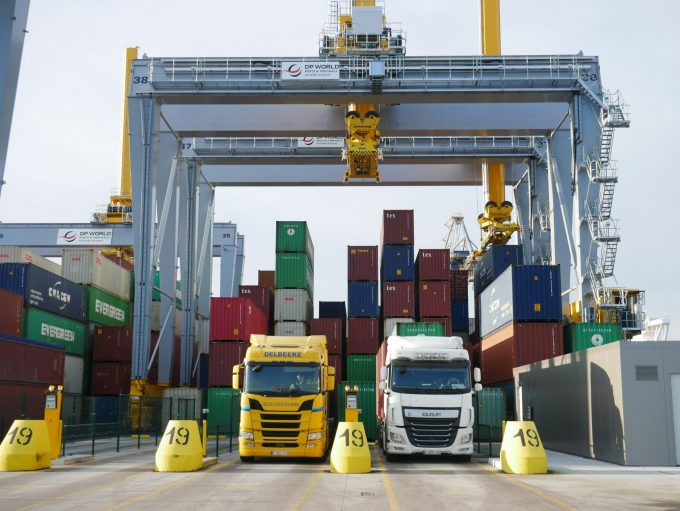LA/LB and Tanjung Pelepas celebrate as 2024 port 'winners and losers' revealed
**EDITED AT 14:00 BST 02/04/25 TO INCLUDE QUOTE FROM ANTWERP-BRUGES** Last year’s port throughput “winners and ...

PRESS RELEASE
New projects confirm unified port’s appeal and ensure challenging future
Port of Antwerp-Bruges will be blowing out one candle on 22 April. The ports of Antwerp and Zeebrugge decided last year to proceed under a single banner, resulting in an exciting synergy. ...


Comment on this article